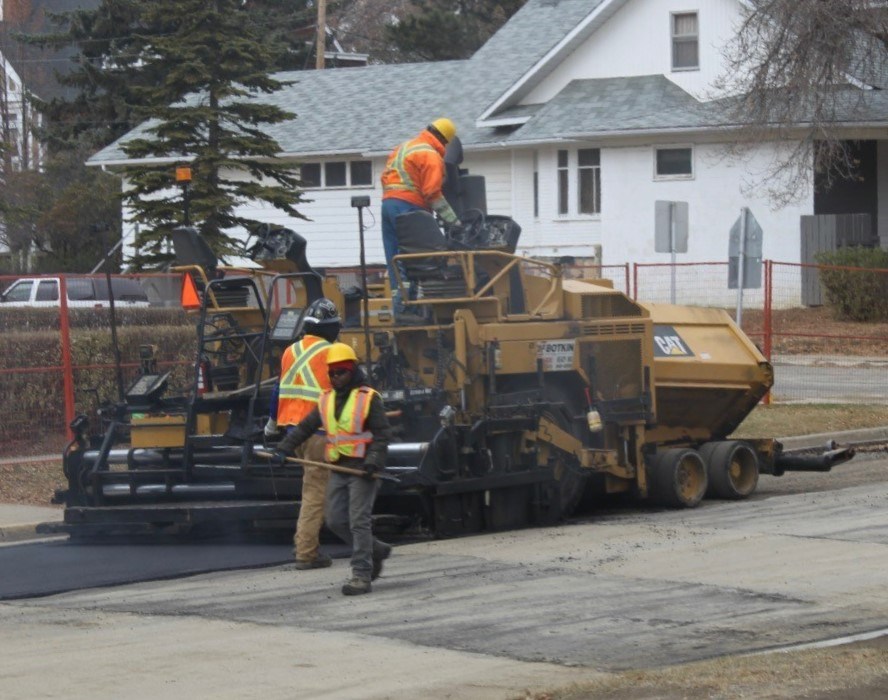The details are few, but one thing is known: city hall plans to fix some of the structural issues on High Street that make driving on that road like riding a rollercoaster.
Specifically, some of this year’s paved roadways and sidewalk rehabilitation project will address a significant portion of High Street West’s water service trench settlements. The focus will be between Second and Fifth avenues but could extend further west based on budget and tender results.
City administration presented a bit more information about repairing that street during city council’s March 27 executive committee meeting while discussing this year’s cast iron water main and feeder main replacement programs.
One highlight of phase 8 of the cast iron program is the engineering department will pave the trench and leave it until 2024, when it will return to perform the overlay or mill the road and complete the overlay.
Contractors suggested this new methodology, while discussions last year with a geotechnical company confirmed that Moose Jaw’s heavy clay soil settles three centimetres per year after initial compaction from underground construction, said Bevan Harlton, director of engineering.
“So no matter what we do — if we were constructing things right on par with how they should be done — we can still see three centimetres per metre of settlement,” he continued. “Or I would suggest maybe three inches of settlement to a water main being nine feet deep.”
Most major soil settling stops after six months, according to discussions with contractors, Harlton added, although there can be smaller occurrences assuming proper compaction.
Coun. Heather Eby appreciated the update about the cast iron project and said she always looked forward to the reports. She was also excited that the city had reached phase 8, which seemed hard to believe.
“The asphalt overlays being completed in the following year … makes sense,” she said. “The line (in the report) that sticks out for me is, ‘Will result in better road product when overlay is complete.’ And that is what everybody in Moose Jaw desires.”
Eby then wondered if completing asphalt overlays a year later would eliminate the dips in roads — as occurred on Keith Street during phase 2 — especially with service connections in residential neighbourhoods.
This approach will help, while there were likely other issues on Keith Street that affected compaction, said Harlton. He knew that that contract challenged city administration and the engineering department. Workmanship aside, those service connections run perpendicular to the road, and the soil usually settles within six months, which creates the dips.
“The dipping I’ve seen along curbs at a number of locations should be improved through this,” he added.
Eby then asked whether using this year-delayed asphalt paving method on High Street West would have eliminated the “rollercoaster” feeling on that road.
“No. The settlement that has occurred on High Street is beyond what you’d expect to see with proper compaction,” said Harlton. “That would be despite the best efforts of the city to get in there and rectify what occurred on High Street.”
City manager Jim Puffalt later explained that the project could include cutting out the affected area, squaring it up and then paving over it, similar to how water breaks are handled.
Coun. Crystal Froese thought it was important that city hall’s communications department inform residents about this delayed paving initiative. She noted that some people think the city re-paves the same area twice whenever workers return to do something.
The next executive committee meeting is Monday, April 10.




